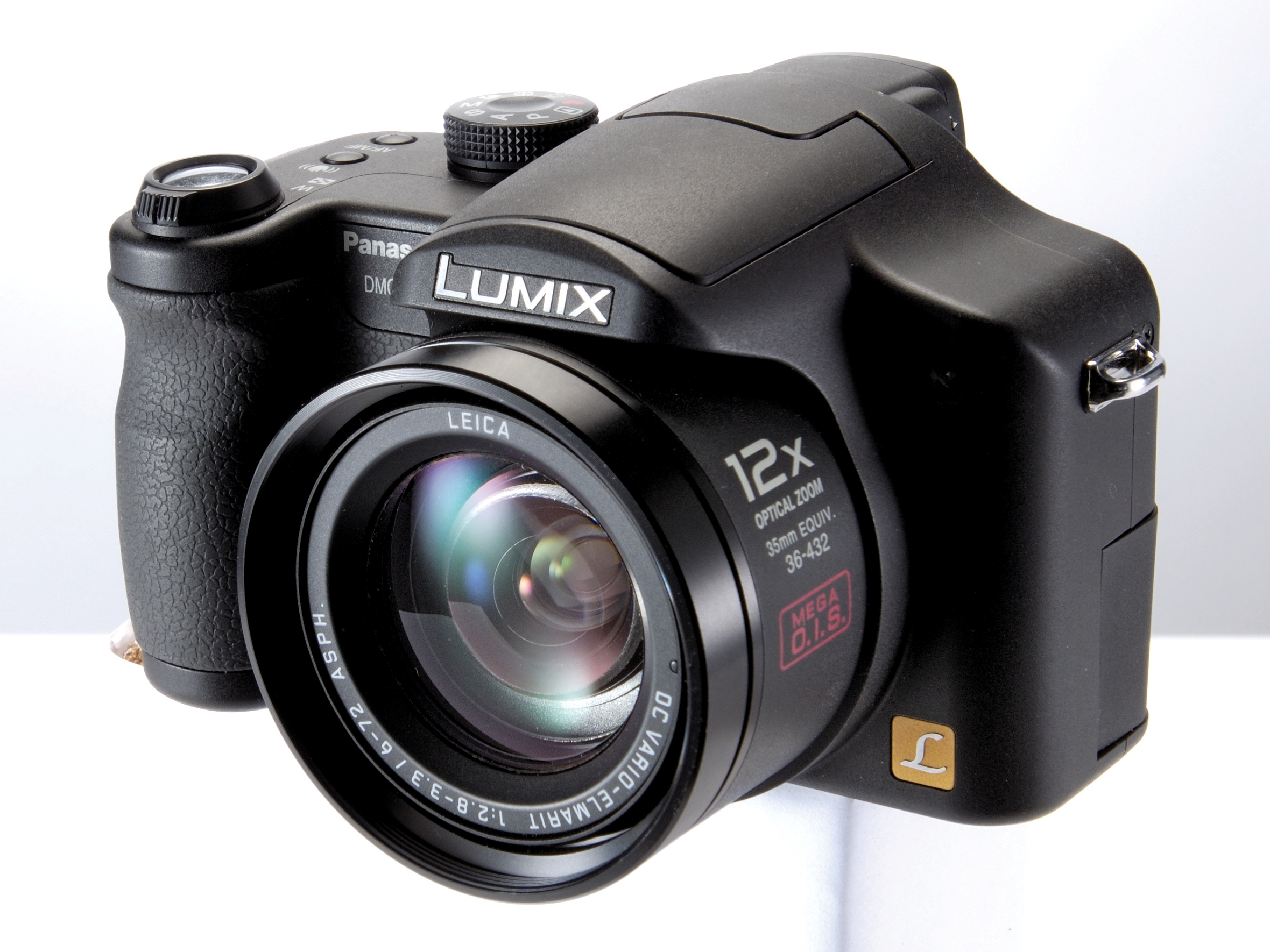TechRadar Verdict
Not a bad beginner's camera, but lacks depth and performance in key areas
Pros
- +
6MP sensor (max 2,816x2,112)
12x optical zoom
2.5in LCD
joystick control
EVF
Cons
- -
TIFF and JPEG
ISO800 and 1600 settings
16MB SD card
Why you can trust TechRadar
Panasonic doesn't quite headline in the camera market, but the FZ range has done well, and the FZ7's predecessor, the FZ5, proved very popular. The 6MP FZ7 is a refresh of that success with an unchanged core - the excellent Leica optics seem to be the same - surrounded by more technology to improve image quality and extend the feature set.
The first impression is of tininess. The FZ7 is smaller and lighter than the competition, and looks like a traditional mid-range pseudo-SLR shrunk down to around two thirds the usual size. The form factor means this isn't in any way a pocket camera, but it's still small enough and light enough to be barely noticeable when carried in a bag or rucksack.
The small size hides a huge feature set. There are the usual manual and auto exposure modes, but the latter include special presets to deal with everything from portraits and snow to starry skies, and even food. This is all good in theory, but in practice the interface is fiddly to work with. Moving between these modes to switch from a wide-angle landscape to the pub lunch in front of you may not be a popular pastime.
There are also options for standard and widescreen 16:9 formats, a useful and fast auto-capture mode for taking shots in series for sports fans, and a rather perfunctory video mode. Shots are stored as TIFFs or JPEGs; there's no RAW support. A manual focus option is controlled with a built-in microjoystick - again a little awkward to work with, and not entirely necessary.
Image quality is impressive, with good colours and reasonable white balance and exposure accuracy. One criticism - not unusual for this class - is that noise is a little obvious, especially at more than ISO 100. Low-light performance can also be patchy. This isn't quite a micro-sized SLR replacement, but for occasional hobbyist photography it offers a significant step up in image quality than a cheaper snappy-cam. Richard Wentk
Sign up for breaking news, reviews, opinion, top tech deals, and more.
